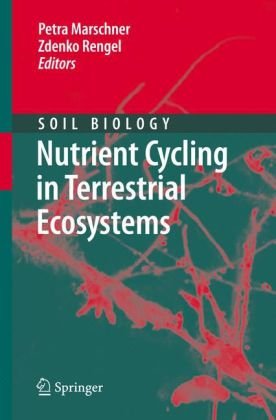

Most ebook files are in PDF format, so you can easily read them using various software such as Foxit Reader or directly on the Google Chrome browser.
Some ebook files are released by publishers in other formats such as .awz, .mobi, .epub, .fb2, etc. You may need to install specific software to read these formats on mobile/PC, such as Calibre.
Please read the tutorial at this link: https://ebookbell.com/faq
We offer FREE conversion to the popular formats you request; however, this may take some time. Therefore, right after payment, please email us, and we will try to provide the service as quickly as possible.
For some exceptional file formats or broken links (if any), please refrain from opening any disputes. Instead, email us first, and we will try to assist within a maximum of 6 hours.
EbookBell Team

5.0
70 reviewsNutrient Cycling in Terrestrial Ecosystems presents a comprehensive overview of nutrient cycling processes and their importance for plant growth and ecosystem sustainability. The first part of the book presents the fundamentals of nutrient cycling. Topics included are cycling of carbon, nitrogen, phosphorus, sulphur and micronutrients. Particular attention is paid to the role of root exudates and rhizosphere microorganisms in facilitating nutrient cycling. The second part discusses nutrient cycling at an ecosystem scale, covering cropping systems, pastures, natural grasslands, arid lands, tundras and forests. The final chapter reviews current models of nutrient cycling.
By comprehensively covering nutrient cycling at a range of scales and emphasising multidisciplinary approaches, this volume will support scientists and practitioners alike, providing links between those involved in improving sustainable economic output from managed ecosystems and those interested in conservation of natural ecosystems.